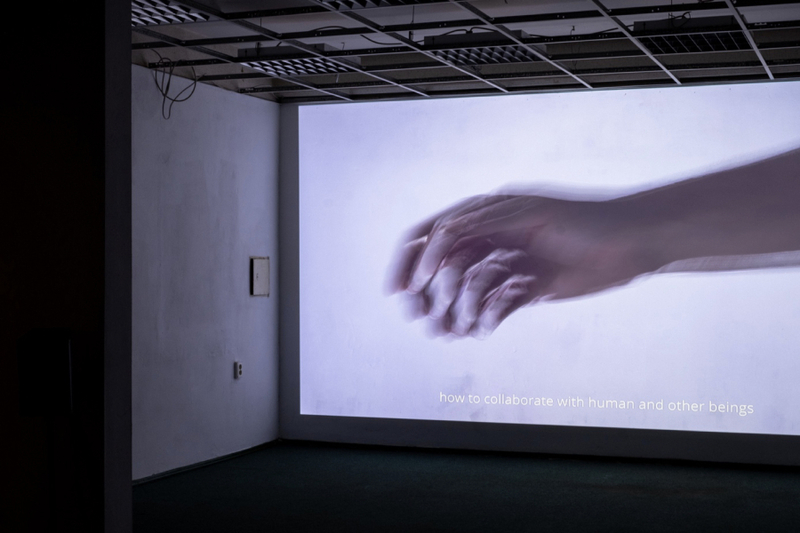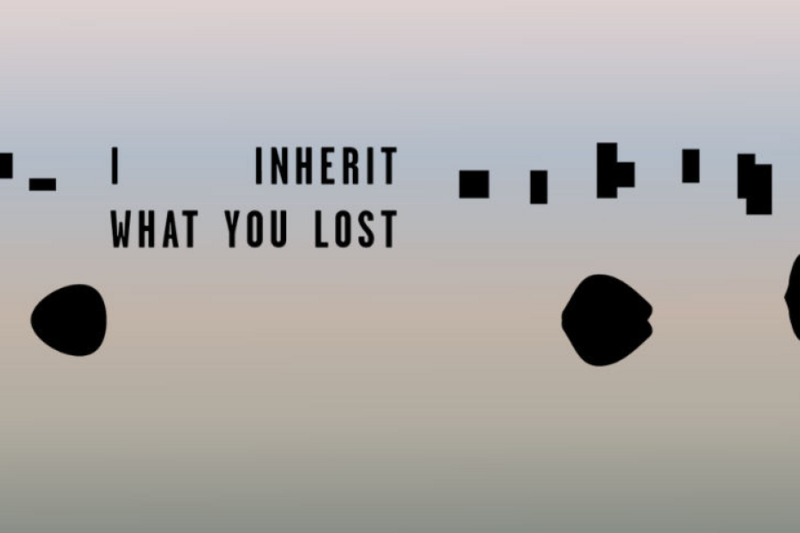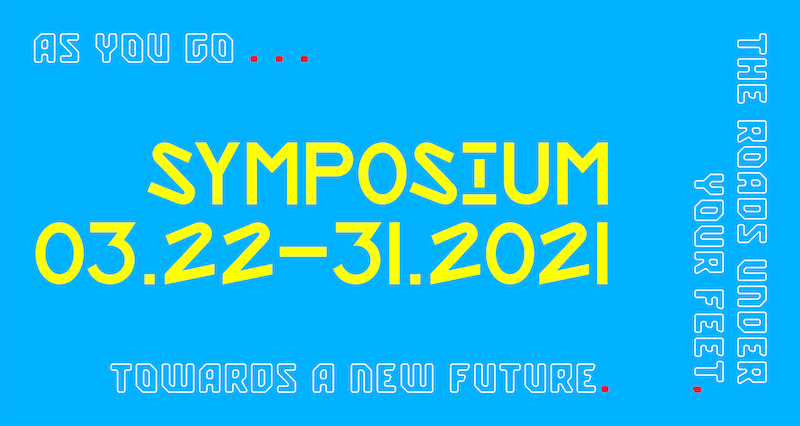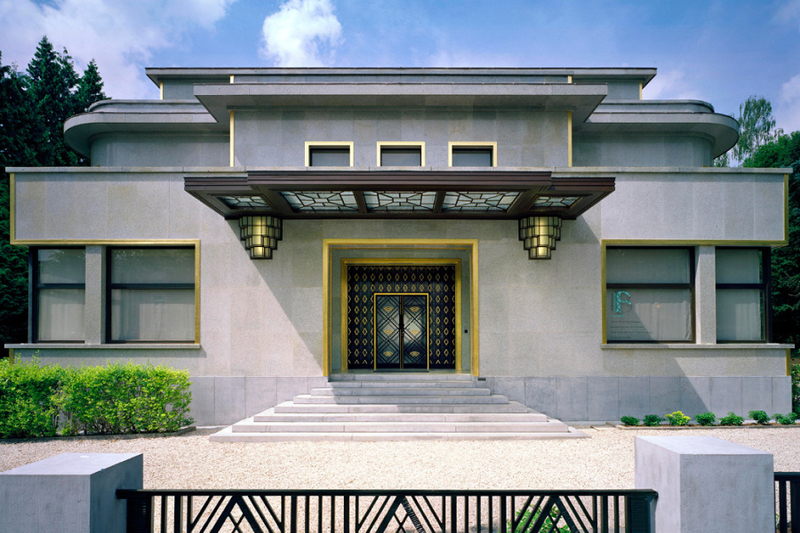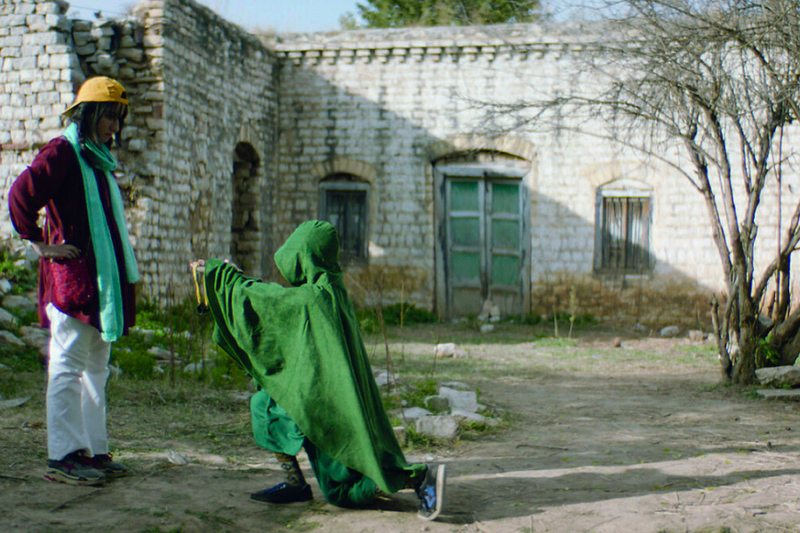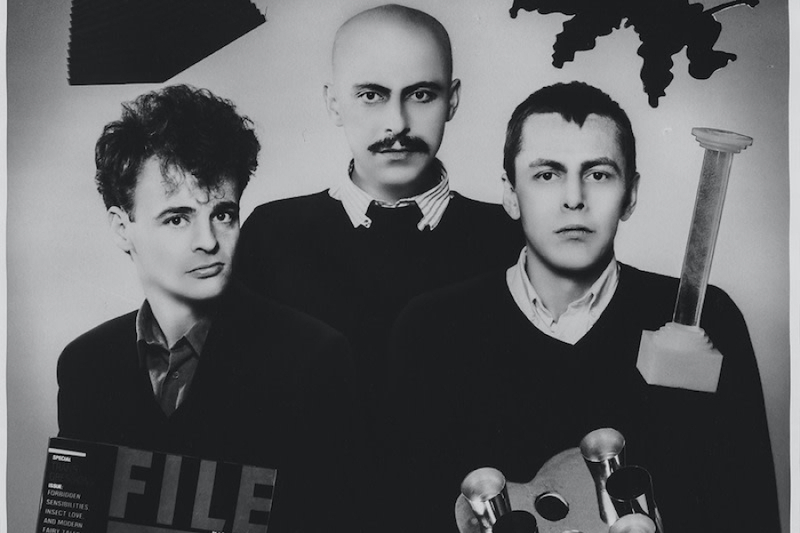Uzbekistan, in its debutant appearance, will present the project Mahalla: Urban and Provincial Life at the 17th International Architecture Biennale, which will be held from May 22nd to November 21st, 2021. Mahallas have a variety of forms, depending on region, traditions, and climate, but historically they have appeared due to family ties. They are distributed throughout Central Asia, but best preserved in the cities of Uzbekistan: Tashkent, Bukhara, and Khiva.
The concept of the exhibition in the pavilion will be built around the structure and community of the mahalla. Participants of the research laboratory CCA Lab Center for Contemporary Art, whose task is to develop modern cultural practices in Uzbekistan, are actively working on the project. They collect materials on the spot, conduct surveys of residents, and recreate the portrait of makhallas of past years, while simultaneously updating the maps. Visiting curator and a professor of the Technical School of Zurich, Emanuel Christ, explains the concept as follows: “The term ‘mahalla’ means what we might call a district, it encompasses the idea of urban education in its social, political and architectural structure. This is a very traditional form of cohabitation in high density and low-rise buildings. We study how the appearance of the mahalla and its meaning has changed over the centuries."
The exposition will consist of a research project using the latest technologies, historical archives, and audio documentation of the urban space.
Read more on the website.
